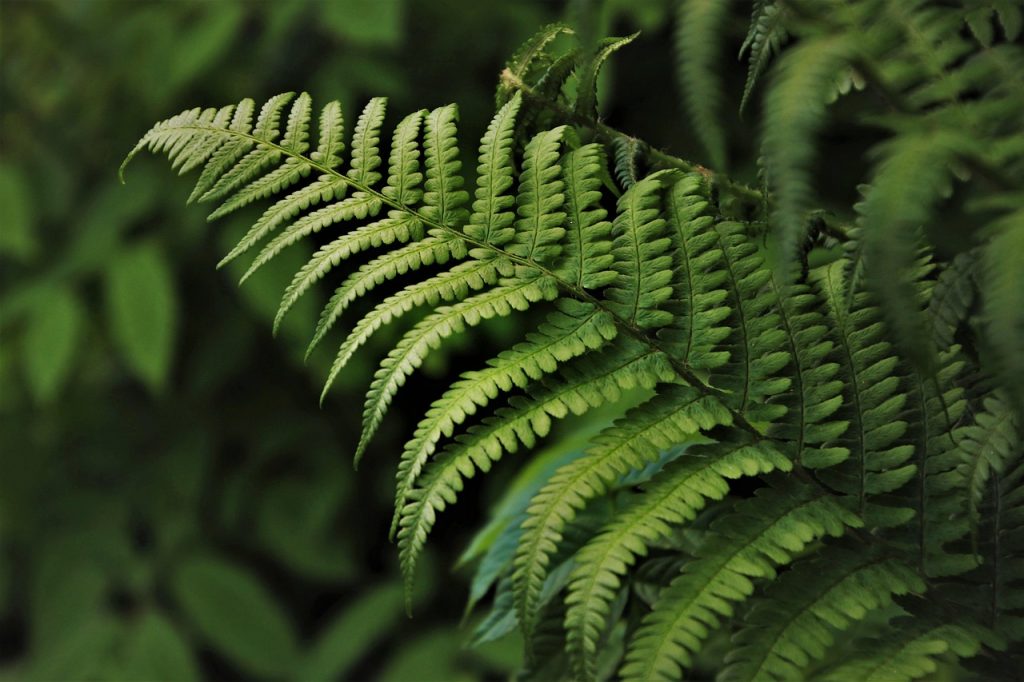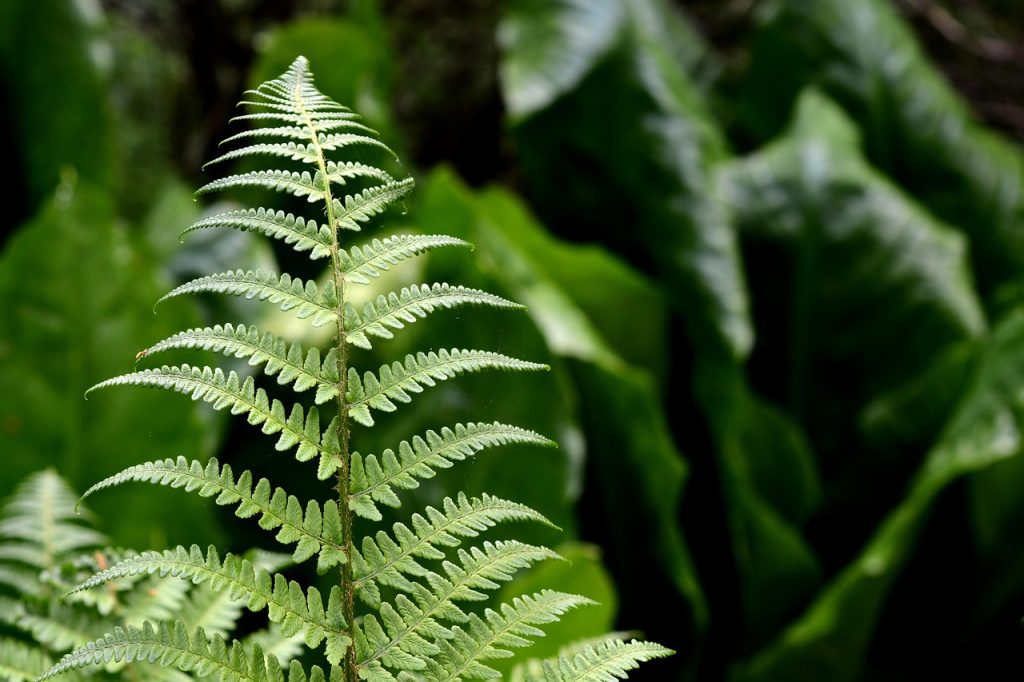World of Ferns are among the most ancient groups of plants on Earth, holding secrets of evolution and ecological resilience. With a lineage extending back over 360 million years, these non-flowering plants have adapted to diverse environments, from the deepest tropical jungles to temperate forests and even arid deserts. Their lush, green fronds and unique reproductive strategies make them a fascinating subject for gardeners and plant enthusiasts alike.

The Origins and Evolution of Ferns
Ferns belong to the class Polypodiopsida and are part of the Pteridophyta group, which includes over 10,000 species. These plants are considered living fossils, having survived multiple mass extinction events. Their evolutionary tale begins in the late Devonian period, reaching prominence during the Carboniferous period when vast swampy forests were dominated by fern-like plants.
Understanding Fern Anatomy and Appearance
Ferns are easily recognized by their fronds, which are the leafy extensions that unfurl in a distinctive spiral pattern known as “fiddleheads“. The fronds can vary widely in size and shape, from the delicate lace-like leaves of maidenhair ferns to the robust, leathery fronds of the staghorn fern. World of Ferns do not produce seeds or flowers; instead, they reproduce via spores that are typically found on the underside of their fronds.
Diverse Varieties of Ferns
The diversity of ferns is staggering. Some popular varieties include:
- Boston Fern (Nephrolepis exaltata): Known for its classic arching fronds, it is a favorite for indoor hanging baskets.
- Maidenhair Fern (Adiantum): Appreciated for its delicate, fan-shaped leaves, it thrives in humid environments.
- Staghorn Fern (Platycerium): With its antler-like fronds, this epiphytic fern is often mounted on wood or grown in hanging baskets.
- Bird’s Nest Fern (Asplenium nidus): Features wide, wavy fronds and a rosette shape, resembling a bird’s nest.
Ideal Conditions for Growing Ferns
Light Requirements
Most ferns prefer indirect or filtered light, as direct sunlight can scorch their fronds. They thrive under the canopy of trees or in shaded areas of your home.
Soil Preferences
Ferns favor well-draining, organically rich soil. A mix of peat moss, pine bark, and perlite creates the perfect environment for their roots.
Watering Needs
Consistent moisture is key for ferns. They do not tolerate dry conditions well, so keeping the soil evenly moist but not waterlogged is crucial.
Temperature and Humidity
Ferns generally prefer temperatures between 60°F and 75°F. They thrive in high humidity, making them perfect for bathrooms or kitchens.

Planting and Propagation Techniques
When planting ferns, ensure you select a pot with good drainage. For propagation, division is the most effective method. This involves separating clumps of fronds with their roots intact, which can then be replanted.
Seasonal Care for Ferns
Spring and Summer
During the warmer months, World of Ferns enters its active growth phase. Regular watering and monthly feeding with a balanced fertilizer will keep them lush.
Autumn and Winter
Growth slows in cooler months. Reduce watering frequency, but maintain humidity. Monitor for any signs of stress from indoor heating.
Common Problems and Solutions
Brown Tips
Often a sign of low humidity or inadequate watering. Increase humidity through misting or a humidifier and ensure consistent watering.
Yellowing Fronds
This can indicate overwatering or poor drainage. Check the soil moisture and ensure pots have adequate drainage holes.
Pest Infestations
World of Ferns can attract pests like aphids or spider mites. Regularly inspect fronds and treat infestations with insecticidal soap or neem oil.

Real-Life Uses of Ferns
Beyond their aesthetic appeal, ferns have practical applications. They are used in phytoremediation to cleanse soil, and some species have edible fiddleheads. Ferns also play a role in traditional medicine, offering remedies for various ailments.
FAQs About Ferns
Do ferns need direct sunlight?
No, World of Ferns prefer indirect or filtered sunlight to prevent frond scorching.
Can ferns grow indoors?
Yes, many ferns thrive indoors, especially in humid areas like bathrooms or kitchens.
How often should I water my fern?
Watering needs depend on the environment, but generally, keep the soil consistently moist without becoming waterlogged.
Can I propagate ferns from spores?
Yes, but it is a more advanced method requiring patience and precise conditions, whereas division is simpler and more effective for most gardeners.